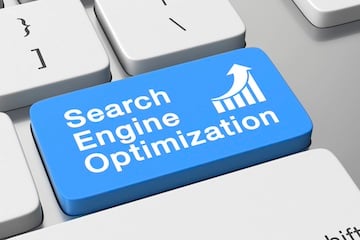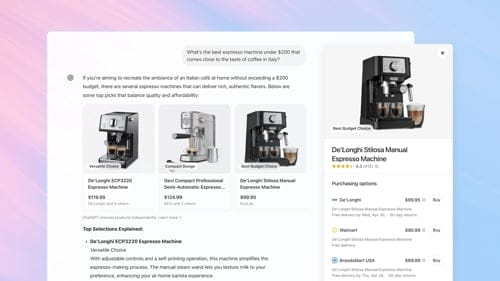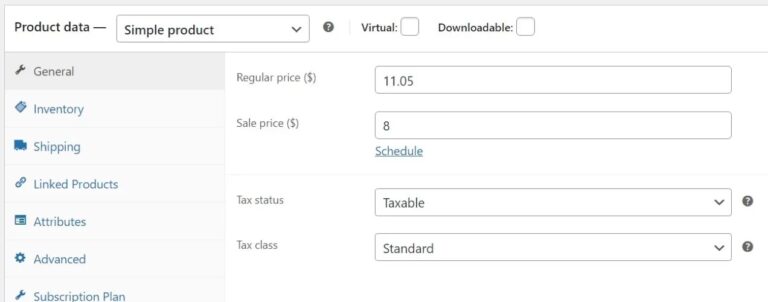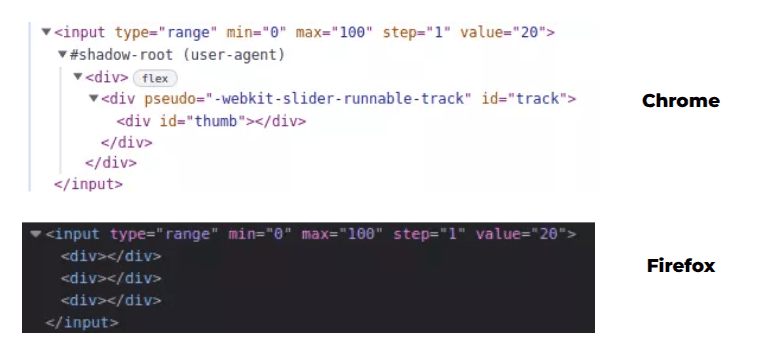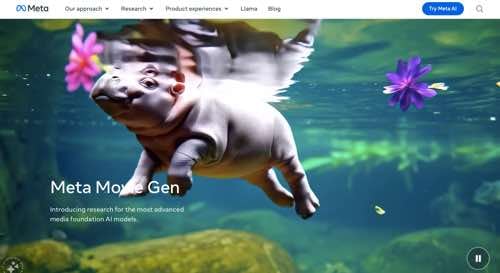Every business knows cart abandonment only too well. In fact, just three out of ten shoppers who start the checkout process actually go ahead and buy. Giving up at the last minute is revenue lost under the radar, every single day.
Even though your team has invested time and energy into a sound SEO strategy, paid ads, and seamless online UX, you still risk losing customers at the finish line.
It’s frustrating and revenue-zapping. While brick-and-mortar conversion rates hover between a whopping 20 to 40%, online stores convert just 3% of total traffic on average. With so many shoppers leaving before completing the purchase journey, the opportunity to boost sales is vast.
We’ve highlighted five of the top reasons for customers’ drop-a-sale behavior. Take a look:
- High shipping fees or surprise costs are at the top of the list. Between 41 and 48% of shoppers mention cost anxiety as the reason they change their mind.
- Customers want speed and ease. Complicated or slow checkout flows are a major turn off, with around 22% of shoppers losing patience at the checkout.
- Slow loading times are a sure-fire way to kill a sale. Lagging site speed and technical problems result in 17% of abandoned carts.
- Poor mobile optimization leads to high abandonment rates on smartphones, and mobile devices can make it difficult to track and re-engage shoppers.
- Lack of trust in security or reviews also causes customers on the brink of buying to cut and run at the very last minute.
Fixing the root cause of a lost sale can help regain revenue before your abandoned cart strategy begins. Cart recovery should merely complement a well-optimized site, rather than be a fallback plan.
Here’s how WooCommerce can help you tackle the most common problems:
- Transparent pricing and shipping: WooCommerce plugins and settings show shipping costs early in the checkout process, and dynamic shipping calculators minimize pricing surprises.
- Streamlined checkout flows: Our on-page checkout and guest checkout features are proven to lower friction and boost conversion.
- Speed and stability: Make sure customers have faster load times and minimal tech issues with your optimized WooCommerce store with caching, fast hosting, and a lightweight theme.
- Mobile-first UX: Give shoppers the smooth experience they expect with mobile-optimized themes and responsive design.
- Boosting trust and credibility: Reassure first-time buyers by providing secure, well-known payment gateways and verified product reviews.
Recovery isn’t just possible — it’s profitable
Table of Contents
- 1 Recovery isn’t just possible — it’s profitable
- 2 Step one: Track shopper behavior across your website
- 3 Step two: Use advanced analytics to make informed decisions
- 4 Step three: Leverage AI to create and test content that converts
- 5 Step four: Provide a consistent customer experience through every communication
- 6 Email 1: A gentle reminder, within one hour of abandoning the cart
- 7 Email 2: Social proof and urgency, around 24 hours later
- 8 Email 3: Final incentive, 72 hours later
- 9 Share this:
- 10 Like this:
An abandoned cart isn’t a failure. It’s an opportunity. Effective cart recovery emails tap into those warm leads. They’ve already made the decision to buy, and had their wallets ready. A well built recovery email sequence can generate 13.3% click-through rates, leading to 7.7% conversion rates. That’s an average of $27 USD in revenue for every email received. Recovery sequences are highly efficient, cost-effective ways to increase sales and retain those ready-to-buy customers.
Step one: Track shopper behavior across your website
Start with measurement: track customer interactions on your website to create personalized marketing campaigns and product recommendations. By collecting this data, you can tailor content based on behaviors, preferences, and purchase history — and use all this to inform your conversion strategy.
Step two: Use advanced analytics to make informed decisions
Klaviyo’s plug-and-play integration with WooCommerce provides a frictionless option for abandoned cart recovery. Its built-in reporting and analytics let you track performance across campaigns, flows, and segments to guide smarter marketing decisions.
Step three: Leverage AI to create and test content that converts
Klaviyo also uses AI to create unmissable subject lines and personalized product recommendations. And when it comes to analytics, Klaviyo brings them all together in one convenient platform — making reporting and attribution intuitive.
Step four: Provide a consistent customer experience through every communication
With the right marketing automation tool, your abandoned cart emails should align perfectly with your welcome series, post-purchase sequences, and browse abandonment — rather than working in isolation.
With up to 70% of sales opportunities lost to abandoned carts, we’ve put together a three-email conversion flow to help you recover some of that revenue. Think of it as your Klaviyo and WooCommerce quick-win template.
As you deploy your abandoned cart flow, look for opportunities to optimize the content. Cart recovery emails see a 50.5% open rate and 3.33% conversion rate on average.
Email 1: A gentle reminder, within one hour of abandoning the cart
Goal: Catch distracted shoppers while they’re still in the mood to buy.
Tone: Helpful, but not pushy.
Subject ideas:
- You forgot something!
- Your items are waiting
- Just one click to complete your order
What to include:
- A cart summary with an image, pricing, and a direct link.
- A guest checkout option.
- Lightly urgent incentive, such as ‘limited availability’.
Email 2: Social proof and urgency, around 24 hours later
Goal: Overcome hesitation by building trust and FOMO.
Tone: Reassuring and validating.
Subject ideas:
- Here’s what others are saying…
- Still thinking it over?
- Join over 1,000 happy customers
What to include:
- Top reviews or five-star ratings.
- Answers to common concerns, like shipping or returns.
- Slightly higher sense of urgency — think low stock or a limited-time offer.
- Cross-sells or bundles, personalized to the shopper’s interests and behaviors.
Email 3: Final incentive, 72 hours later
Goal: Win over price-sensitive customers.
Tone: Final chance and added value.
Subject ideas:
- Last chance to get 10% off
- Free shipping just for you
- Your cart expires soon
What to include:
- A strategic offer, like a discount, free gift or free shipping.
- A higher sense of urgency, like a time-bound offer or reserved cart.
- Contact options for support and alternate product recommendations.
When you’re setting up an abandoned cart recovery sequence, there are a few strategic details you might include to make the emails even more impactful.
1. Add dynamic product recommendations
- Suggest related or recently viewed items.
- Show price alternatives in case budget is holding them back.
2. Segment your messaging
- For new customers, emphasize trust and easy returns.
- For returning customers, reference past purchases and offer loyalty perks.
- For high-value carts, give them a white glove experience, like concierge help or faster shipping.
3. Optimize by device
- Personalize emails based on the device used at checkout
- Remove friction with one-click mobile checkout.
4. Use SMS and retargeting
- Send text reminders for high-value carts.
- Sync cart data to Facebook or Google ads.
- Exclude converters from ongoing ads.
- Being too aggressive too quickly: Don’t start with discounts in the first email. It trains customers to wait for incentives, which reduces full-price sales and your profit margins.
- Ignoring mobile optimization: Over 60% of emails are opened on mobile devices. Non-responsive designs kill conversion rates no matter how compelling your content is.
- Generic, one-size-fits-all messaging: Don’t treat all cart abandoners the same. You’ll miss out on valuable behavioral and demographic insights which can mean the difference between a sale or not.
- Neglecting customer service integration: Abandoned carts often show a customer has questions or concerns that automated emails aren’t answering. They need the human touch.
After integrating Klaviyo with WooCommerce, Force of Nature created sophisticated abandoned cart flow emails based on product type, customer history, and behavior. Their approach includes:
- Product-specific timing, based on urgency.
- Personalized messaging through integrated customer history.
- Maximizing cross-selling opportunities.
- Coordinating with SMS and email.
These strategic improvements resulted in 140% year-over-year growth in revenue, and created new best-in-class performance benchmarks for their cart recovery campaigns.
Top 10% performance standards:
- 12% click-through rate across the email sequence.
- Nearly 7% order rate from email recipients.
- Over $27 USD revenue per recipient for top-performing brands.
- 3-5x ROI on email marketing investment.
This benchmarks realistic goals your business can achieve when you create sophisticated, personalized strategies for abandoned carts.
As we said before, an abandoned cart isn’t a failure, it’s an opportunity. Don’t let it go under the radar. Top brands generate over $27 USD per email by developing smart, personalized recovery flows, rather than basic reminders.
With Klaviyo and WooCommerce, you have the tools to build trust, reduce friction, and motivate buyers at the right moment. With a global cart abandonment rate of 70%, we can help you guide these lost purchases through to check out by treating every cart as a customer worth winning.
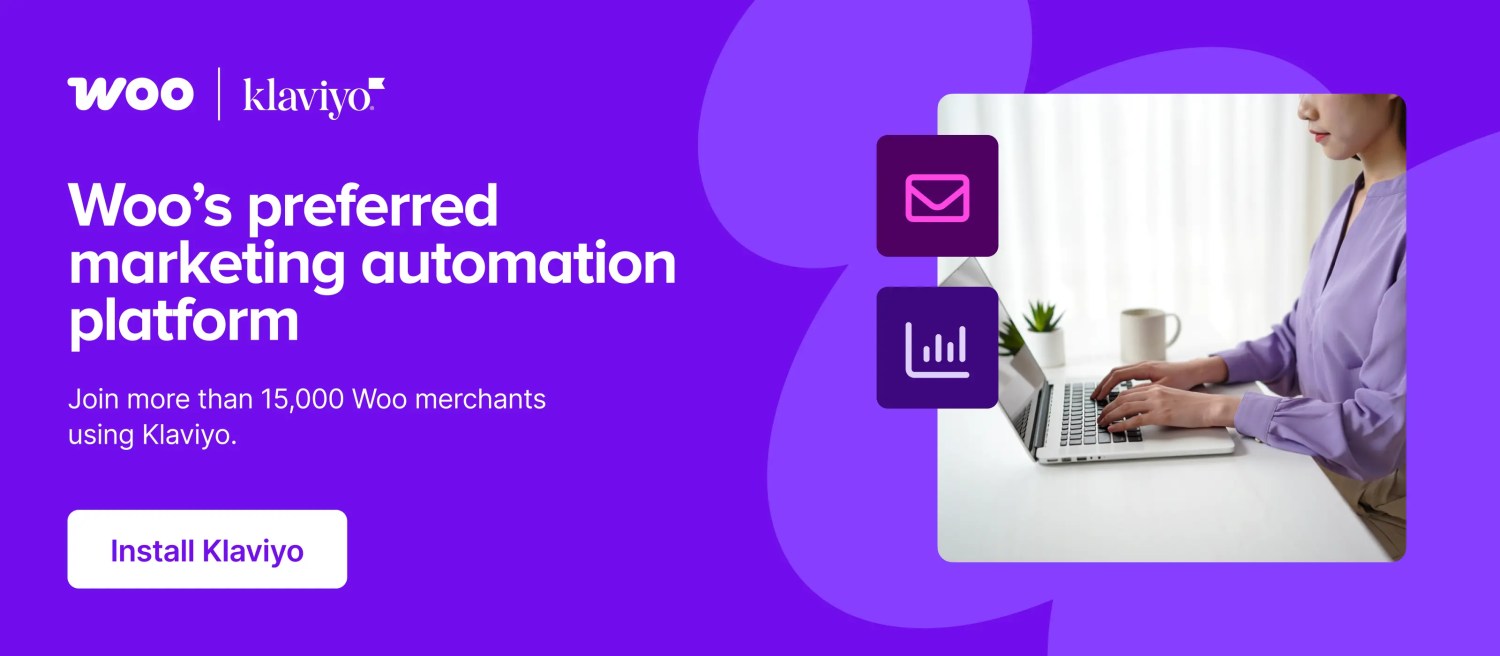
About
Nicola Hodd
Nicola leads Marketing Operations at Woo, helping make the Klaviyo magic happen amongst other things! Outside of work she’s busy running around after a toddler and a Alaskan Klee Kai with a long list of crafting hobbies that never happen.
